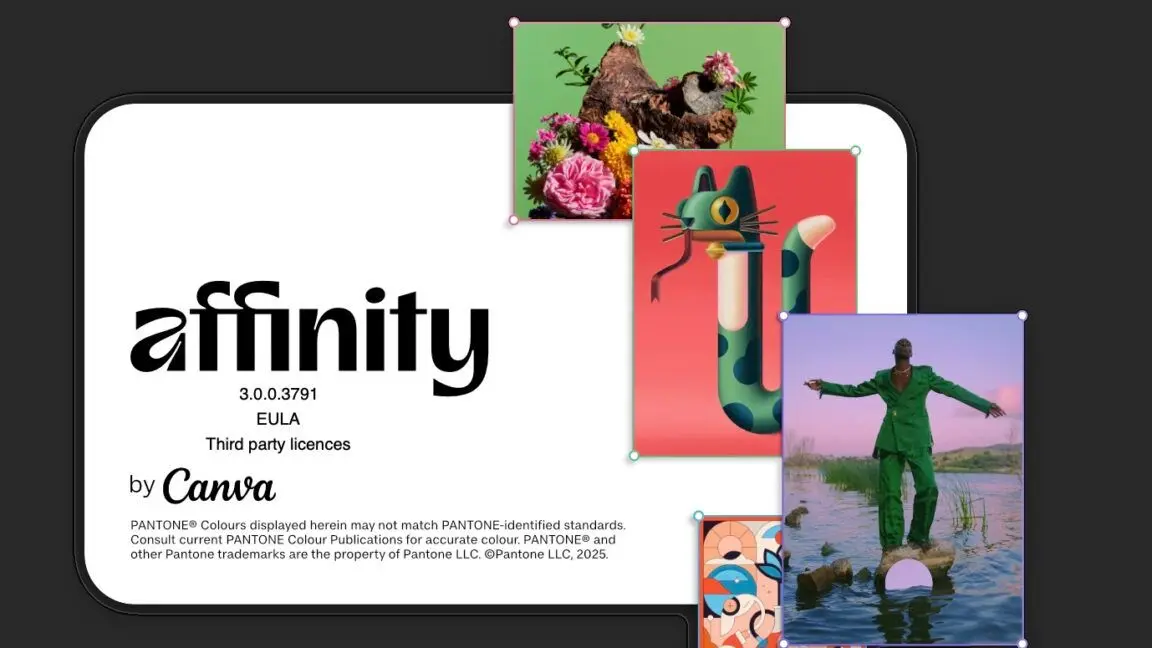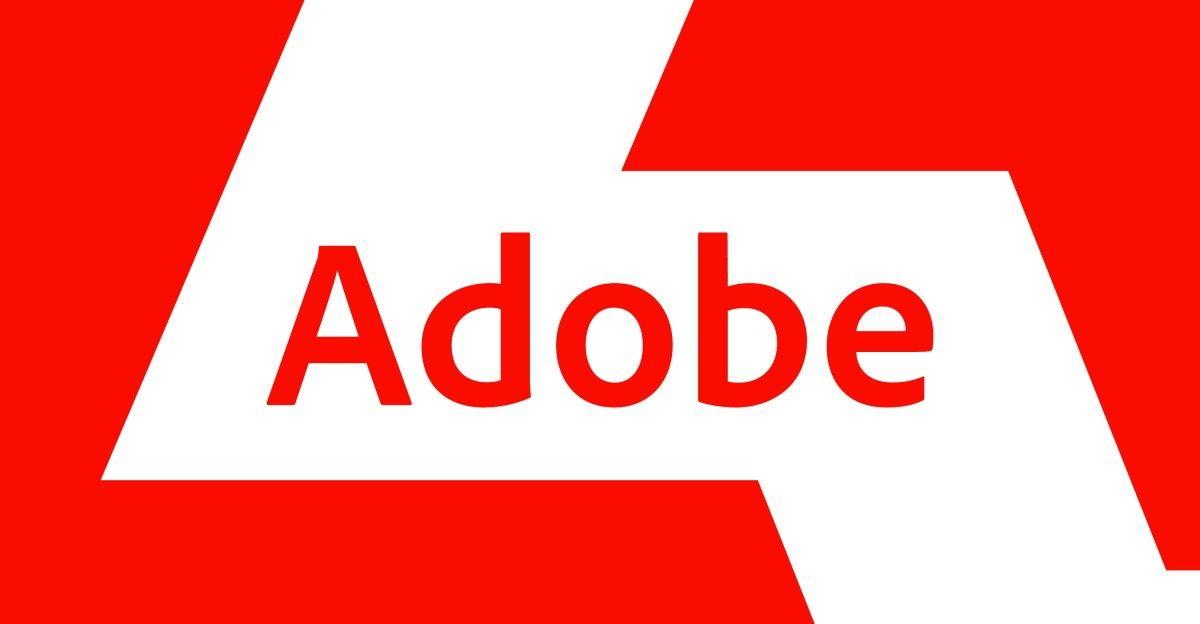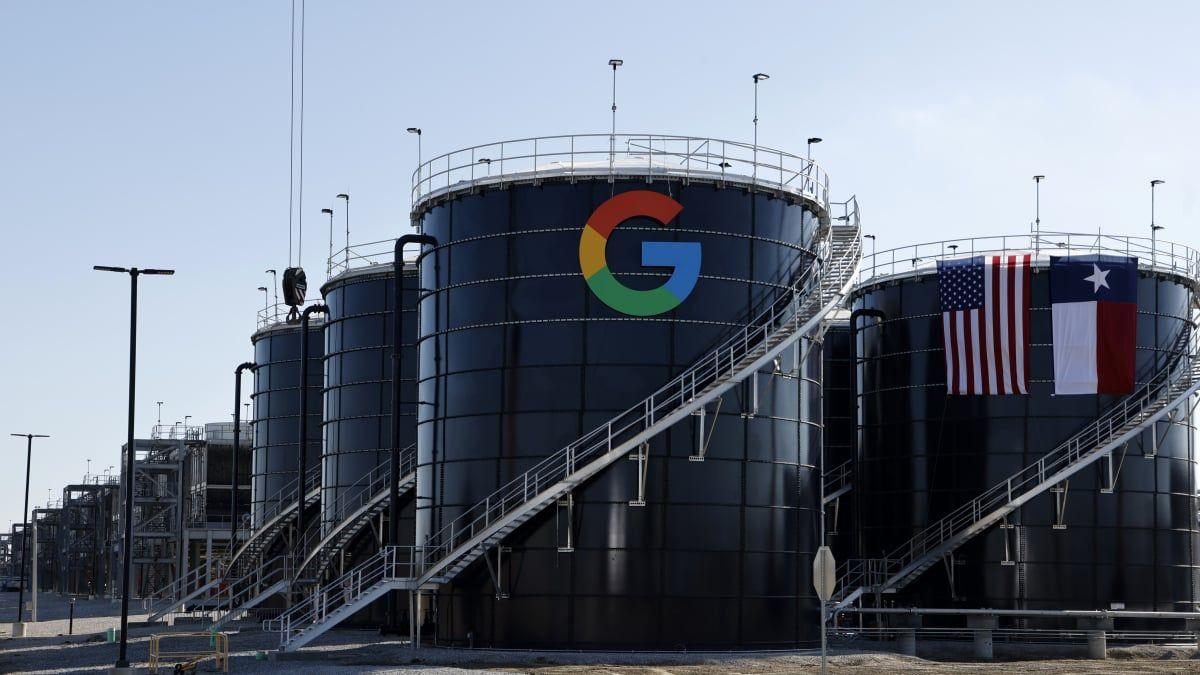Canva Makes Affinity Design Suite Free, Sparking Industry Debate Over Future of Creative Software
2 Sources
2 Sources
[1]
Canva Relaunches Affinity as Free All-in-One Design App
After acquiring Serif last year, Canva has overhauled its Affinity design suite, consolidating three creative tools into a single free app for Mac and Windows. The newly launched Affinity by Canva unifies vector, photo, and layout capabilities that were previously spread across separate Designer, Photo, and Publisher apps. So instead of juggling multiple apps, users can now switch between the three modes through dedicated Vector, Pixel, and Layout tabs within one interface. The redesigned app includes a customizable workspace where creators can mix tools from different studios, rearrange panels, and save multiple setups for specific project types. Custom configurations can also be shared with teams and communities for standardizing workflows. Following Canva's 2024 acquisition of Serif, the integration brings some other changes that might give longtime Affinity users pause. Everyone now needs a Canva account to access the software, but signing up is free. Canva premium subscribers also get AI tools directly within Affinity, including Generative Fill, Expand & Edit, and Remove Background features. In a clear bid to rival Adobe, Canva's decision to ship the app for free is likely to be a welcome surprise for users who feared a subscription model was looming. "There's no catch, no stripped-back version, and no gotchas," said Ash Hewson, CEO of Affinity, commenting on the launch. But while Affinity insists the core app will remain free without restrictions, the account requirement and AI upsells signal a freemium approach. Whether longtime users will appreciate trading a one-time purchase for ongoing Canva integration remains to be seen. An iPad version is planned for release next year, and existing Affinity V2 license holders can continue using their purchased software if they prefer to stick with the older model without the Canva integrations. Affinity can be downloaded from the Affinity Studio website.
[2]
Free Affinity app sparks huge debate among artists and designers
Canva surprised a lot of people by making Adobe alternative Affinity free for all this week, and it quickly caused a stir among artists and designers. While some celebrate the appearance of a new free Photoshop alternative, others are wary and wonder what the catch is. The new Affinity app combine the main tools and features from the previously separate programs Affinity Photo, Affinity Designer and Affinity Publisher. Those three apps used to cost up to as much as $70 each. The new desktop app combines their pixel, vector and layout tools in one place, and it's completely free. Has Christmas come early, or is it too good to be true? The Australian design platform Canva bought Affinity's developer Serif last year, but it didn't change anything until this October. The Affinity website stopped sales, leading to a lot of speculation about what was coming. Now that Canva has relaunched Affinity as a free app, and some are delighted. In the comments on our own Facebook post about the announcement, one person described it as the best news creatives have had for years. Some can't believe how much you can do now in free software. "I now use Affinity as a Photoshop, Illustrator, In Design alternative, ComfyUI and Krita for generative AI. Free Davinci Resolve for video, free and open source Darktable as a Lightroom alternative and Blender for 3D. It's unreal that these design tools are free," one person writes. Of course, there's a difference between Krita and Blender, which are free and open source, and Canva, which belongs to a profit-making company. A natural suspicion of big corporations is causing some to worry about what the new Affinity will become. What's in it for Canva? Theories abound. Some think the app will start to show adverts like many free mobile apps do. Others think it will be used to train AI (something Canva denies). Some wonder if Canva's just doing it to spite Adobe. "Their objective was to undermine Adobe, not provide for paying customers. Revenge instead of progress," one person thinks. Others fear Affinity's tools will be left to stagnate. "If you depend on a software for your design work it needs to be regularly updated and developed. Free software never has that pressure and priority to be kept top notch," one person writes. And some still fear that the road towards mandatory subscriptions is marked. "They lock you into their ecosystem with the 'free' version, and then some months or a year into the future the enshittification starts and suddenly you will have to pay a subscription if you want to use your projects," one reader predicts. There's inevitably also a lot of debate about AI. The new Affinity app doesn't have its own generative AI tools, but Canva's wider programs do. It's just launched what it's calling its new Creative Operating System, built on what it says is the world's first AI model created specifically for design. Premium Canva subscribers will be able to AI tools like Generative Fill directly in the Affinity app. It seems the company is using Affinity as a loss leader to expand its market share in the hope that at least some of those users will choose to buy a subscription for the AI tools. For some, the lack of AI means free Affinity alone isn't an option. "In the professional world, AI features are a necessity. That turns Affinity into subscription. That's not how you get Adobe customers to switch!" one person thinks. Some welcome Canva's approach to AI with Affinity: let those who want it pay for it, while everyone else can use the app for free. But some of those who are most vehemently opposed to AI see a moral hypocrisy in using an app that's being subsidised by the tech. "If you have a problem with AI, your entire DCC is funded by users of it," one person writes. "That's an issue for a lot of people." Things have even drifted towards a more philosophical debate about the meaning of the word 'free'. Is having to sign up to Canva and provide your name and email address a kind of payment in itself? I have to admit that I was among those looking for the catch, but I've been using the new Affinity casually for a day, and my first impression is generally positive. The app works smoothly and I've been able to find most of the tools I'd expect, including masks, adjustment layers and retouching tools. It feels wild being able to edit a PDF document in the same app where I can process raw photos and also create composite images for social thumbnails. Raw editing feels a bit clunky, and I'd miss the efficiency of Lightroom, but for the things I'd use Photoshop for it seems solid. There are still strong reasons that many Creative Cloud users will stick to Adobe. The Firefly AI tools for a start, and there's the likelihood of more regular updates - just this week Adobe announced the launch of an AI assistant in Photoshop along with personalised AI image generators for brands and artists. Many people will need tools that Affinity doesn't have, like video editing and motion graphics, for which Adobe has Premiere and After Effects, but those who only work with still graphics and don't want AI may find that Affinity is all they need.
Share
Share
Copy Link
Canva has relaunched its acquired Affinity design suite as a completely free app, consolidating three professional creative tools into one platform. The move has generated significant discussion among designers about the implications for the creative software market.
Canva's Bold Move: Making Professional Design Tools Free
Canva has made a surprising move in the creative software landscape by relaunching its Affinity design suite as a completely free application for Mac and Windows users. Following the company's acquisition of Serif in 2024, the new unified Affinity by Canva app consolidates three previously separate professional tools - Affinity Designer, Photo, and Publisher - into a single interface
1
.The redesigned application features dedicated Vector, Pixel, and Layout tabs, allowing users to seamlessly switch between different creative modes without juggling multiple applications. Users can customize their workspace by mixing tools from different studios, rearranging panels, and saving multiple configurations for specific project types. These custom setups can also be shared with teams and communities to standardize workflows
1
.
Source: MacRumors
Community Response: Celebration Mixed with Skepticism
The announcement has generated intense debate within the creative community, with reactions ranging from enthusiastic celebration to cautious skepticism. Many designers are thrilled about having access to professional-grade tools that previously cost up to $70 each, with some describing it as "the best news creatives have had for years"
2
.However, the creative community's response reveals deeper concerns about corporate motivations and long-term sustainability. Some users worry about potential future monetization strategies, including the possibility of advertisements, mandatory subscriptions, or the software being used to train AI models - something Canva has denied
2
.The Canva Integration Strategy
The integration brings significant changes that may concern longtime Affinity users. All users now require a Canva account to access the software, though registration remains free. Canva premium subscribers gain access to AI tools directly within Affinity, including Generative Fill, Expand & Edit, and Remove Background features
1
.This freemium approach appears to position Affinity as a loss leader to expand Canva's market share, with the company hoping users will eventually subscribe for AI features. As Ash Hewson, CEO of Affinity, stated: "There's no catch, no stripped-back version, and no gotchas," though the account requirement and AI upsells suggest a strategic business model
1
.Related Stories
Market Implications and Adobe Competition
The move represents a direct challenge to Adobe's dominance in the creative software market. Many see this as Canva's attempt to undermine Adobe's subscription-based Creative Cloud model by offering professional tools for free. Some industry observers speculate that Canva's primary objective is to disrupt Adobe rather than simply serve paying customers
2
.However, questions remain about whether free software can maintain the regular updates and development that professional users require. Critics argue that without direct revenue pressure, free software may lack the incentive to stay competitive and current with industry standards
2
.Future Outlook and User Options
Canva plans to release an iPad version of the unified Affinity app next year, expanding its reach to mobile creative workflows. Existing Affinity V2 license holders can continue using their purchased software if they prefer to avoid Canva integration, providing a transition path for users hesitant about the new model
1
.The debate extends beyond practical concerns to philosophical questions about the nature of "free" software and whether providing personal information constitutes a form of payment. As the creative software landscape continues to evolve, Canva's bold strategy will likely influence how other companies approach pricing and feature distribution in professional creative tools
2
.References
Summarized by
Navi
[2]
Related Stories
Recent Highlights
1
Google launches Gemini 3 Flash as default AI model, delivering speed with Pro-grade reasoning
Technology

2
OpenAI launches GPT Image 1.5 as AI image generator war with Google intensifies
Technology

3
OpenAI launches ChatGPT app store, opening doors for third-party developers to build AI-powered apps
Technology








